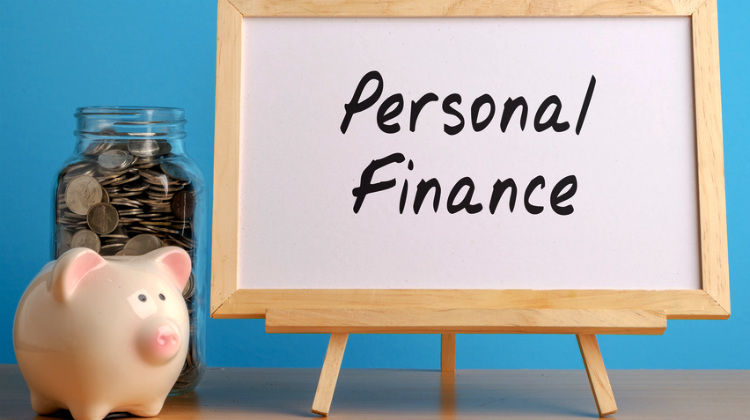So, you have finally decided to start investing, well done! Whether you’re just starting out on your own, in the middle of your career, approaching retirement age, or in your golden years, this means you have begun to think about your financial future and its security, and how you might prudently manage your capital so that it can work for you. Nobody starts as an expert, and even the best investors in the world were once sitting where you are and you should not be scared to take the plunge.
Here are two basic questions that should always guide:
- Where should you begin?
- How do you begin? Those two inquiries might seem daunting, especially if you’ve encountered the array of intimidating investing terms like price to earnings ratio (P/E ratio), market capitalisation, and return on equity. But getting started with investing isn’t as scary as it might seem.
The first investing step is figuring out which types of assets you want to own
Let’s start with this basic truth: At its core, investing is about laying out money today with the expectation of getting more money back in the future — which, accounting for time, adjusting for risk, and factoring in inflation, results in a satisfactory compound annual growth rate, particularly as compared to standards considered a “good” investment.
You lay out cash or assets now, in the hope of more cash or assets, returning to you tomorrow, or next year, or next decade. Most of the time, this is best achieved through the acquisition of productive assets.
READ ALSO: http://Mourinho and Solskjaer fire back at Klopp
Productive assets are investments that internally throw off surplus money from some sort of activity. For example, if you buy a painting, it isn’t a productive asset. One hundred years from now, you’ll still only own the painting, which may or may not be worth more or less money. On the other hand, if you invest in real estate, you’ll not only have the building but all of the cash it produces from rent over time.
Even if the building were destroyed after a decade, you still have the cash flow from ten years of operation — which you could have used to support your lifestyle, or reinvested into other opportunities.
Each type of productive asset has its pros and cons, uniqueness and other relevant details. Broadly speaking, investments in productive assets can be divided into a handful of major categories. Let’s walk through the three most common kinds of investments: Stocks, bonds, and real estate.
Investing in stocks
When people talk about investing in stocks, they usually mean investing in common stock, which is another way to describe business ownership or business equity. When you own equity in a business, you are entitled to a share of the profit or losses generated by that company’s operating activity. On an aggregate basis, equities have historically been the most rewarding asset class for investors seeking to build wealth over time without using large amounts of leverage.
At the risk of oversimplifying, I like to think of business equity investments, as coming in one of two flavours — privately held and publicly traded.
Investing in Privately Held Businesses: These are businesses that have no public market for their shares.
When started from scratch, they can be a high-risk, high-reward proposition for the entrepreneur. You come up with an idea, you establish a business, you run that business so your expenses are less than your revenues, and you grow it over time, making sure you are not only being well-compensated for your time but that your capital, too, is being fairly treated by enjoying a good return in excess of what you could earn from a passive investment. Though entrepreneurship is not easy, owning a good business can put food on your table, send your children to college, pay for your medical expenses, and allow you to retire in comfort.
Investing in Publicly Traded Businesses: Private businesses sometimes sell part of themselves to outside investors, in a process known as an Initial Public Offering, IPO. When this happens, anyone can buy shares and become an owner.
The types of publicly traded stocks you own may differ based on several factors. For example, if you are the type of person that likes companies that are stable and gush cash flow for owners, you are probably going to be drawn to blue-chip stocks, and may even have an affinity for dividend investing, dividend growth investing, and value investing.
On the other hand, if you prefer a more aggressive portfolio allocation methodology, you might be drawn to investing in the stock of bad companies, because even a small increase in profitability could lead to a disproportionately large jump in the market price of the stock.


